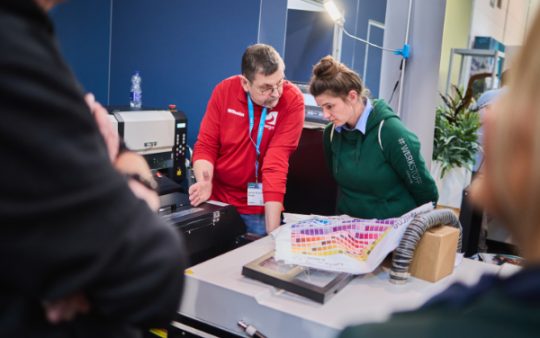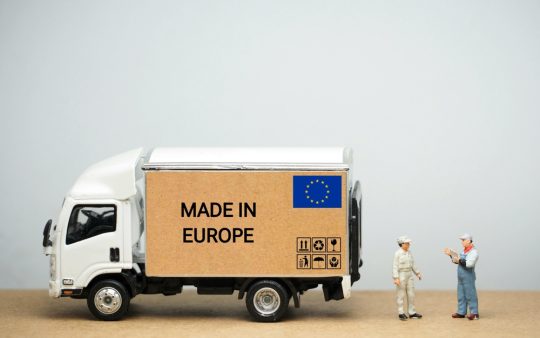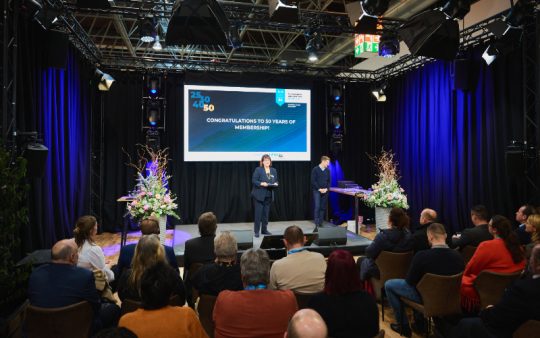Advance Sales of digital apparel

Published on 03.02.2020
Atacac founders Rickard Lindqvist and Jimmy Herdberg from Gothenburg have developed an innovative method for manufacturing garments in an entirely new, resource-saving manner. Instead of generating 2D sketches garments are simulated in 3D so that a particularly good fit is ensured. In addition to this, the garments are only made from one single piece of fabric, thereby substantially reducing production waste.
Even before the garments are manufactured the company offers the digitally visualised pieces for sale via its own webshop. Garment prices are calculated by an algorithm that – like those for airplane ticket purchases – applies a dynamic pricing model. This means a lower price before production and a higher price once the article has been produced and placed in store. In this way Atacac minimises excess production and warehousing. On top of this, the company makes the cutting patterns available to the public – at no cost whatsoever.
What seems unusual at first sight forms an integral part of the Atacac business model. The company optimises production with this pricing model and is able to forecast micro-trends by analysing pre-sales, which again impact future collections. Moreover, making the cutting patterns available at no cost creates a community feeling with shoppers and other brands.
Since copying cuts and designs is the order of the day in the fashion industry, Atacac profits from fashion brands that also digitalise processes and visualise virtual apparel in 3D models.
Beyond this, the use of 3D technology is hoped to raise awareness for and inspire competitors to try out their own new ideas for sustainability.
One future vision of Lindqvist and Herdberg is that all shoppers will in future have a precise copy of themselves in 3D allowing them to “do a fitting” on their home computer. It is already possible today to make exact body scans of one’s own body, which, converted into a personal virtual model, can then be used to try on computer-generated clothing. Until this has been achieved, the two managing directors and their employees are optimizing the visualization of the garments on virtual figures – and enabling other people to become creative with the pattern themselves.
Photo: Jude Beck on unsplash.com














